This post outline several issues that are required to be analyzed with deeper detail and suggest some guidelines to implement an open platform for the development of new products under a collaborative environment. A review to the existing literature about theoretical knowledge and empirical experiences regarding virtual organizations, mention there is two principal roles, the business orchestrator and the team members. If you consider the project under an entrepreneurial approach, the participant seems to be the more feasible role, this allows to integrate our project into an existing networks building on our own strengths and expertise, but if we have in mind a more academic perspective or we have in mind access to a big budget for implementation, the role of orchestrator is the one to consider. Along the post the orchestrator role is going to drive our thoughts.
“Clospen” approach
The open nature of the process, integrating a big number of actors like, potential customers, suppliers, designers, manufacturers, etc. some of them competitors among them on other projects, some of them with different interest on the project, place the platform in a sensitive situation. Is everybody able to contribute in the same way? Will be everybody granted with access to all the information? Is the platform or the management team able to handle a big number of people and enterprises? There is several questions like this that induces to consider an hybrid approach, open and close at a time, “closepen”. It will be one of the project goals to find out a balance between openness and control and this is a key value of the project hen defining the architecture of the business network, the participants and their reward mechanism.
Information Technologies Platform
There is no doubt IT is the tool that makes possible integrate at the lower transaction cost the people, companies and resources required to make possible this concurrent a collaborative way of develop new products, but IT is a broad territory to explore. Within this project we have to evaluate the existing collaborative software platforms and their suitabliness to the project, furthermore, to analyze the philosophy of the platform, issues like:
- Build a complete new platform from scratch?
- Integrate existing tools better suited to our product types?
- Use open software or proprietary solutions?
Some existing tools we have to consider, evaluate pros and cons are:
- Proprietary ERPs like SAP NetWeaver :
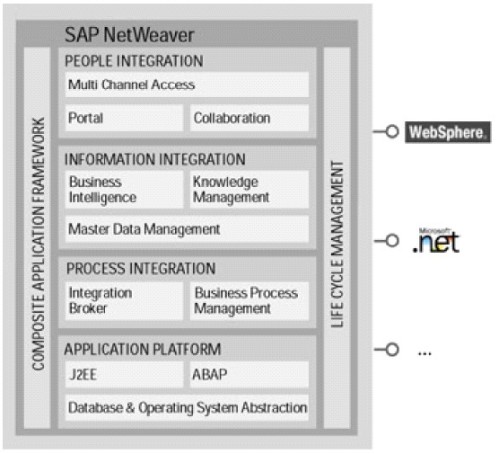
- Open code ERPs like Openbravo:

- Collaborative tools like Webex from Cisco, Basecamps or Groove from Microsoft:
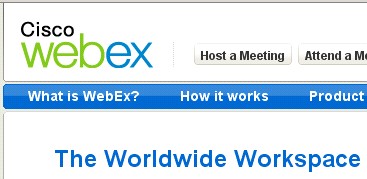
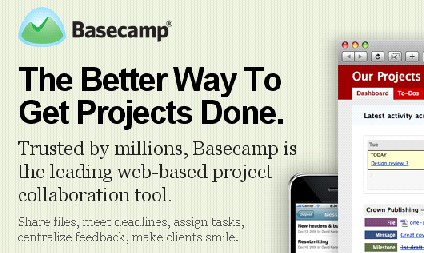

The right way to evaluate the tools is verify if they can perform the business process the open platform we are developing requires.
Business Network Members
In fact we are defining what is called also a “virtual corporation” where some activities are considered “core”, usually they are the marketing or brand management, the R&D and the global management, in this case the orchestrator. Other activities are “critical” but not core, like sales, manufacturing and logistics, and other are only required like administrative, general facilities, etc. Along the project we have to review what activities and members fit into each category.
Regarding the nature of the products to develop we can define at a first glance the following core activities which could be addressed by a corporate team or core network member:
- Marketing Team
- Medical Team
- Electronics Team
- Materials Team
Along the project we have to detail the capabilities and expertise of the referred teams or network members.
Business Network Processes
Inspired by the Lean Design For Six Sigma techniques we have to define the relations among expert team members and network enterprises.
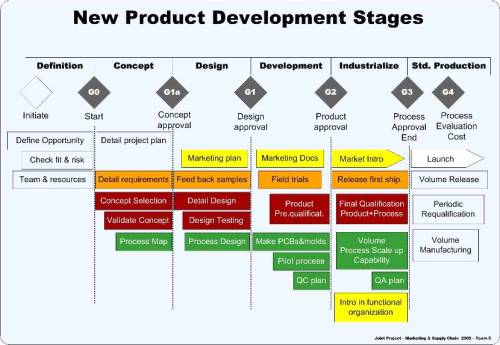
The project goal would be to define the activities flows among different teams or functional network members and how they are related with the collaborative tools we decide to use.
Innovative Reward Mechanism
There is a lot of contributors, and we have to evaluate non standard reward mechanism like dynamic allocation of shares , reputation, shared interest, etc.
I think a key success factor of the loose coupled network we are defining is the way the contribution of each member is going to be performed. All participants need to be committed with the project accordingly the relevance of their task and rewarded in the same degree. Some also innovative formulas could be considered, like:
“Liquid property”, this is to find a mechanism to distribute shares dynamically according the contribution of each participant. Something between the capitalist and cooperativist models.
“Sponsor an artist”, is a new way to finance new artist by joining through a website the required number of people to pay the disc edition. The rights of the song will be shared proportionally. Examples: “El cosmonauta” film and the saga “The lord of the rings”.
Open Platform for New Products Development
Succeed Metrics
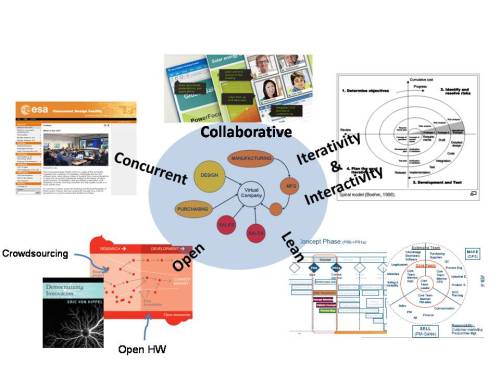
 Under some circumstances, even what was highlighted as an advantage could potentially become a disadvantage besides the inherent inconveniences of working sequentially. Let’s consider the mere relevant ones:
Under some circumstances, even what was highlighted as an advantage could potentially become a disadvantage besides the inherent inconveniences of working sequentially. Let’s consider the mere relevant ones: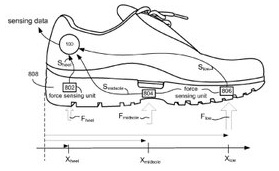

 Zara, Inditex group, is a phenomenon on the garment retail industry and a reference for many Worldwide medium size companies that looks on Zara the way to a global succeed without leaving the business where they are, regardless how competitive it is and without leaving headquarter location regardless how away are form the hot hubs.
Zara, Inditex group, is a phenomenon on the garment retail industry and a reference for many Worldwide medium size companies that looks on Zara the way to a global succeed without leaving the business where they are, regardless how competitive it is and without leaving headquarter location regardless how away are form the hot hubs.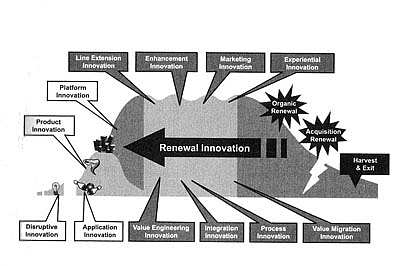
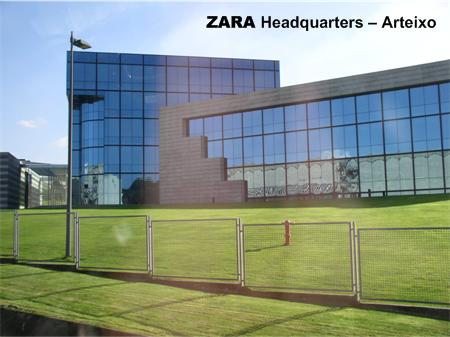




Recent Comments